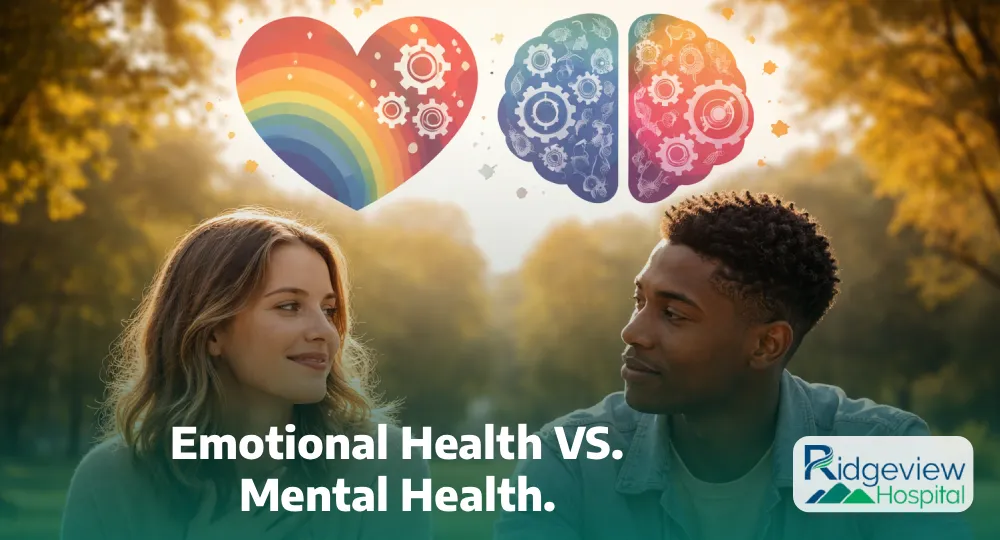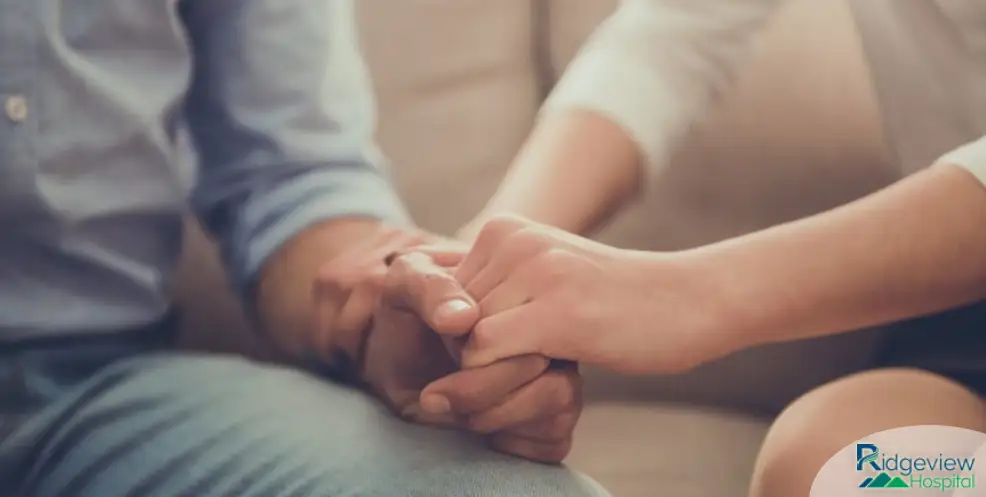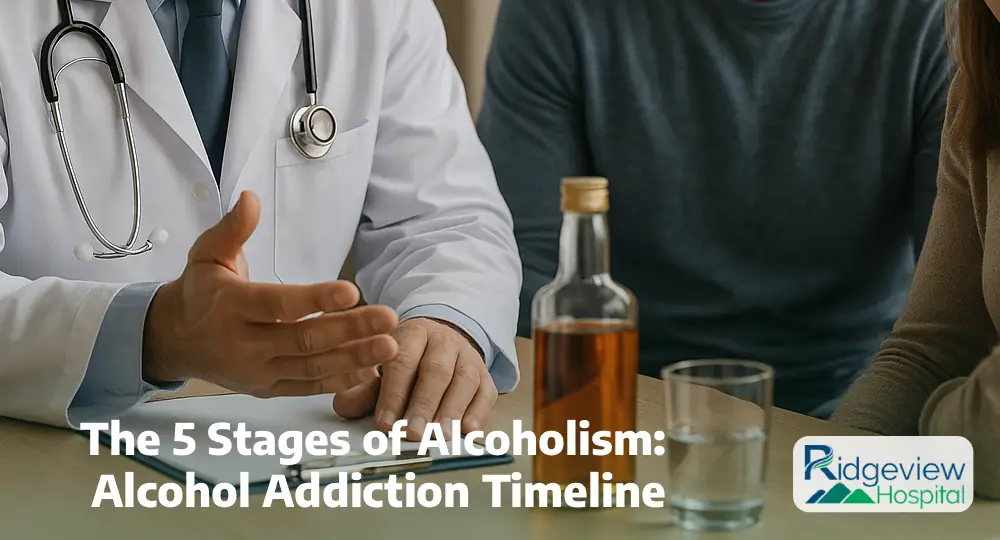Psychotherapy is a vital part of treating mental health disorders, chronic conditions, and addiction. There are many types of activity, but patients can find unique benefits and challenges in a group setting. Group environments provide an opportunity for peers to share experiences and challenges and grow together. It’s an integral, evidence-based part of treatment that’s increasing in popularity. Read on to learn about group therapy activities for adults with mental illness.
What Is Group Therapy?

Group therapy has been a mainstay of mental health treatment for decades. It comes in many different varieties, but focuses on groups of adults sharing common experiences under the guidance of therapists. Some of the target goals of group therapy involve:
- Encouraging personal growth
- Providing support for group members
- Developing social skills
- Building interpersonal awareness
- Developing self-awareness
- Increasing accountability
- Understanding behaviors and internal drives
Overall, group therapy creates open environments of compassion based on shared experiences and opportunities for growth. That said, growth settings may vary depending on the purpose of the group therapy.
How Are Therapy Groups Formed?
Mental health professionals target their care in a variety of ways to form therapy groups. In some cases, they may be based around a particular mental health condition (such as depression or anxiety), or common experiences (losing a loved one, suffering trauma). Oftentimes, therapists recommend group therapy as a complement to patients already in individual therapy, as it provides the previously described benefits on top of the advantages of individual therapy.
Group sizes vary based on different conditions, needs, and goals. The American Group Psychotherapy Association advises an optimal range of group size between seven to ten members This way, they are large enough to include a diverse range of input while still maintaining high levels of individual participation.
How Do Group Therapy Activities for Adults Work?
The different types of group therapy for adults with mental illness revolves around group members providing support to each other. This gives them a safe space to discuss emotions, ideas, and new behaviors without fear of judgment. They also hold each other accountable for what they say and promise to encourage growth.
There are four main stages of group development which applies across treatment types:
- Forming: Meeting and getting to know fellow group members
- Storming: Allowing for different perspectives and potential conflicts to be discussed in a safe and respectful environment.
- Norming: Helping group members begin to better understand themselves along with each other.
- Performing: Reaching goals and thriving as a self-aware group.
The amount of time it takes to reach these stages varies upon the group dynamics and other factors. The goal, however, is not to rush through these stages, but to let them develop organically in a healthy manner.
The Shared Principles of Group Therapy Activities
One of the primary activities of group therapy is sharing significant personal information that people may be embarrassed about, as well as past thoughts and behaviors. Group therapy is based on the following principles to ensure comfort in all group therapy activities for adults with mental illness. The three cornerstones of group activity are the following:
- Confidentiality: Both the therapist and groups agree to keep all shared information confidential. They cannot talk about anything shared during therapy without the permission of the group members. Patients, however, are encouraged to share their own experiences and reactions to therapy with whomever they choose. There are exceptions to confidentiality if a patient may be in danger of self-harm or may pose a threat to others.
- Safety: The therapist must create a respectful and safe environment free from discrimination, harassment, and abuse. The patients need to feel safe to discuss their experiences without fear of attack.
- Participation: Everybody needs to contribute to this form of therapy. Patients need to learn how to both participate and listen so they can understand the group and grow from this experience.
What Types of Activities to Expect in Group Therapy
To prevent anxiety, it’s important to know the types of things patients due in group therapy activities for adults with mental illness. During inpatient therapy, group experience may occur multiple times per day. In outpatients environments, it’s usually once per week. In either setting, group meetings usually last between 1-2 hours at rehab facilities or private practices.
Communication is a central activity for most group therapy. Physicians encourage patients to speak with each other without fear. In some cases, the therapist will initiate a topic for discussions. For others, patients may talk organically about how they are feeling, their experiences, and reactions.
In all settings, discussing emotional reactions is very important, because they provide insight into how individuals process information and the world around them. This not only allows for one patient to grow, but through observations, the entire group to grow.
Many group therapies center on a discussion between members. However, group therapy can move beyond talking in a room. Group therapy activities for adults with mental illness can include hiking, cooking, dancing, making art, and more. These types of activities help build group identity, social skills, and can serve as an icebreaker in early group stages.
What Are the Types of Group Therapy?
Different therapists utilize unique types of therapy depending on their background and the needs of the patients. However, most group therapy can be categorized into either one of these types:
- Process-Oriented: This type of therapy places primary importance on the experience of being in the group. The way members react and relate to each other and their therapies provides information and creates significant reactions. Ultimately, patients learn how their patterns of behavior can either hurt or benefit them in their daily lives.
- Psychoeducational: Here, members learn about various conditions, topics, and life skills. The therapists encourage participation and create group projects and presentations to build specific skills, such as stress management and relapse prevention.
FAQ
1. What are some effective group therapy activities for adults with depression?
Some effective group therapy activities for adults with depression include mindfulness exercises, art therapy, cognitive-behavioral therapy (CBT) techniques, and group discussions focusing on coping strategies.
2. How can group therapy activities benefit individuals with anxiety disorders?
Group therapy activities can benefit individuals with anxiety disorders by providing social support, practicing relaxation techniques together, challenging negative thought patterns in a supportive environment, and learning coping skills from peers.
3. What types of group therapy activities are suitable for adults with bipolar disorder?
Suitable group therapy activities for adults with bipolar disorder may include psychoeducation about the condition, mood tracking exercises, mindfulness-based practices, and group-based problem-solving sessions.
4. Are there specific group therapy activities recommended for individuals with PTSD?
Yes, some specific group therapy activities recommended for individuals with PTSD include trauma-focused cognitive-behavioral therapy (CBT), exposure therapy in a group setting, narrative therapy, and peer support groups.
5. What precautions should be taken when implementing group therapy activities for adults with schizophrenia?
When implementing group therapy activities for adults with schizophrenia, precautions should include ensuring a safe and structured environment, providing clear and simple instructions, monitoring for signs of distress or agitation, and offering flexibility in participation.
The Benefits of Group Therapy for Adults with Mental Illness

The benefits of group therapy extend beyond the specific treatment goals of a given group. While they may learn skills like coping with loss or managing stress, they are given additional opportunities. Most importantly, many people do not have an open, safe environment where they feel comfortable sharing about themselves. Group therapy provides this space for them to safely explore their feelings and behaviors.
It also gives them an opportunity to hear from a variety of different people who may be sharing similar conditions with different perspectives. These experiences can help individuals not only find support, but also develop new strategies for how to live and grow. Finally, group therapy activities for adults with mental illness gives patients the chance for old wounds to be understood and, ultimately, heal.
The Right Therapy For You
More than anything, patients need to know that they will receive the best care for them. Group therapy is an essential part of this, because it creates an open environment where individuals can find support from those who are suffering from similar conditions and have shared experiences. There are many types of therapy available at Ridgeview Behavioral Hospital, so reach out if you need assistance in the Middle Point, Ohio area.
Call (419) 949-8590 to speak with one of our treatment specialists and learn more about our programs. Or click here to take an assessment.





















